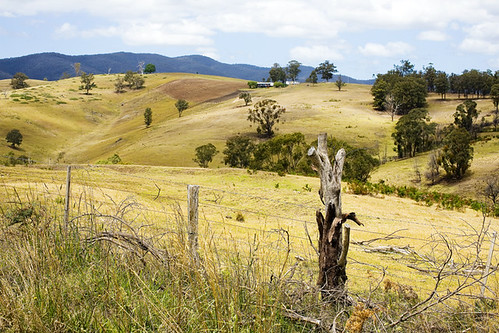This image is taken by Canon 50mm f1.2 L in Country Victoria. East Gippsland
What is the first thing you look for in a photograph? Is it the colour quality, brightness or the sharpness that you focus on?
Everyone loves a good sharp image. If the image does well in that perspective, only then people love to admire the colour combination and other features.
The sharpness of a photographic imaging system or any component of this system such as lens, sensor etc is characterized by a parameter called MTF [Modulation Transfer Function].
Learned opticians love to call it the spatial frequency response but we would like to keep it simple and easy to understand.There are thousands of formulae and many complicated MATLAB functions that help us to understand the complete phenomenon but we’ll generalize the understanding part.
The MTF factor needs to be compared when you buy a new digital camera.
As a layman, how do you know whether MTF50 or MTF50P is better as a comparison parameter?
All latest cameras have the ability to sharpen the image to some extent. Sharpening an image surely increases its contrast at the boundaries by reducing the rise distance. In such cases, the edges overshoot thus enhancing the perception of sharpness. But a large overshoot can create ugly halos near the boundary section which become obvious at high magnifications.
Such a mistake can destroy the sharpness and quality of the image completely.Every digital camera will have MTF50 and MTF50P specifications. While MTF50 corresponds to the frequency band where MTF becomes 50% of its low frequency, MTF50P implies to 50% of its peak values. These 2 indicators greatly determine the perceived sharpness.
Along with increase in sharpness, noise also increases.Suppose a digital camera sharpens an image which increases 50% MTF frequency. If the camera does over-sharpening, we may have an image with good MTF50 but very poor image quality; whereas a low sharpening will show the low potential of a camera. Either ways, MTF50 comparisons fail to help in picking the right camera.Moving on to the MTF50P factor, we see that MTF50P is same as MTF for a moderate level of sharpening. The MTF50P falls if we go for over sharpening.
Hence this is better as compared to the MTF50.The MTF factors come into picture only when a high degree of sharpened image needs to be evaluated. Otherwise, Standardized sharpening and Raw MTF50 without standardized sharpening are better comparison attributes for images.
MTF50P is one of the best features to compare while going for over sharpening of images.As discussed earlier, small overshoots across the edges give a good overall sharp image. Suppose you are going for a customized camera, then you need to keep the lens features in mind.While comparing the lens performance for the same camera, uncorrected MTF50 is one of the best parameters to compare. Sometimes people tend to confuse the term of ‘sharpening’ with "Unsharp masking’.
You must be remembering the old films and the way the slides for the film were prepared. The process of ‘unsharp masking’ reduced the overall contrast of the image which is needed for a better print version and increased the contrast near the edges rather than at a distance from the edges.Thus unsharp masking Is a bit tedious and cumbersome too.
In a nutshell, we have discussed as to how MTF factor can be used to compare the features and picture quality of cameras and how does the sharpening process depend so much on MTF.



No comments:
Post a Comment